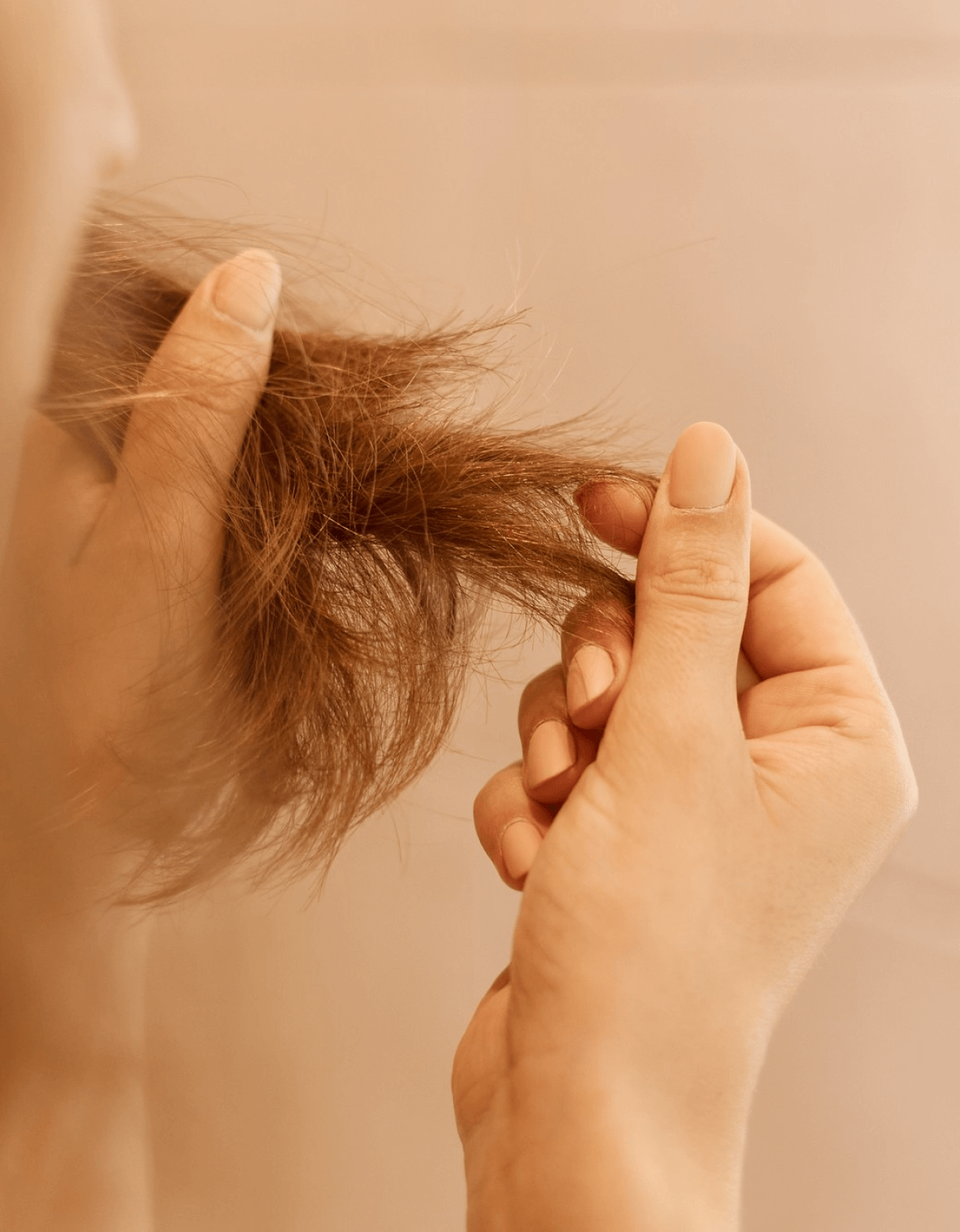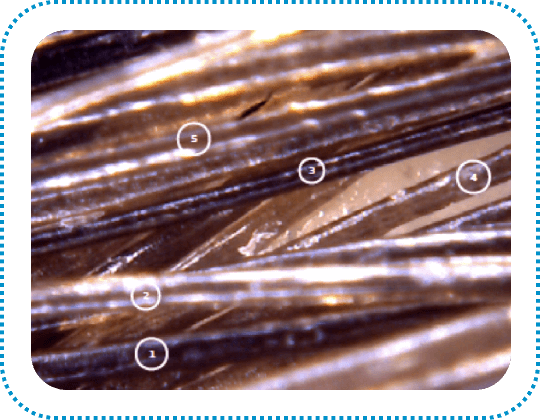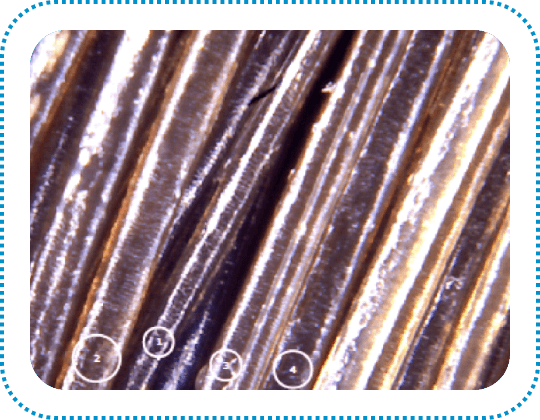Hair structure
The elongated part of the hair that grows from the dermis and comes above the surface of the skin is called the hair shaft. It grows out of an elongated tube-like structure in the skin called the hair follicle.
A hair follicle is lined with cells and is accompanied with one or more sebaceous glands, which excrete sebum into the hair follicle, and an arrector pili muscle, which contracts and can cause the hair to stand up. The area below the lower end of the follicle is called the papilla and contains blood vessels, which nourish the hair follicle.
The main component of the hair is the protein called keratin. Hair shaft consists of many thin keratin fibres, which are combined into thicker bundles. The hair shaft is made up of three layers. The innermost compartment of the hair is called the medulla and it is a thin layer, which may be absent, or it can appear only in some parts of the hair and not along the entire length of the hair. The presence or absence of medulla may affect the shine and colour of the hair. The next layer is the largest layer of the hair shaft and it is called the cortex. It is made up of hair cells, which constantly move up along the shaft and during this process, they degenerate and die. The last layer is called the cuticle and it is a thin outer layer, which wraps the hair shaft. It protects the cortex and acts as a barrier. It is covered by hydrophobic lipid layer of 18-methyleicosanoic acid (18-MEA).
Hair fibres can be characterized by colour, shaft shape (curly, straight, wavy) as well as by microscopic features. Keratin microfibrils in the hair cortex contribute to the mechanical properties of the hair, while the optical and surface properties are influenced by the cuticle, particularly by the state of the 18-MEA on the hair surface.




